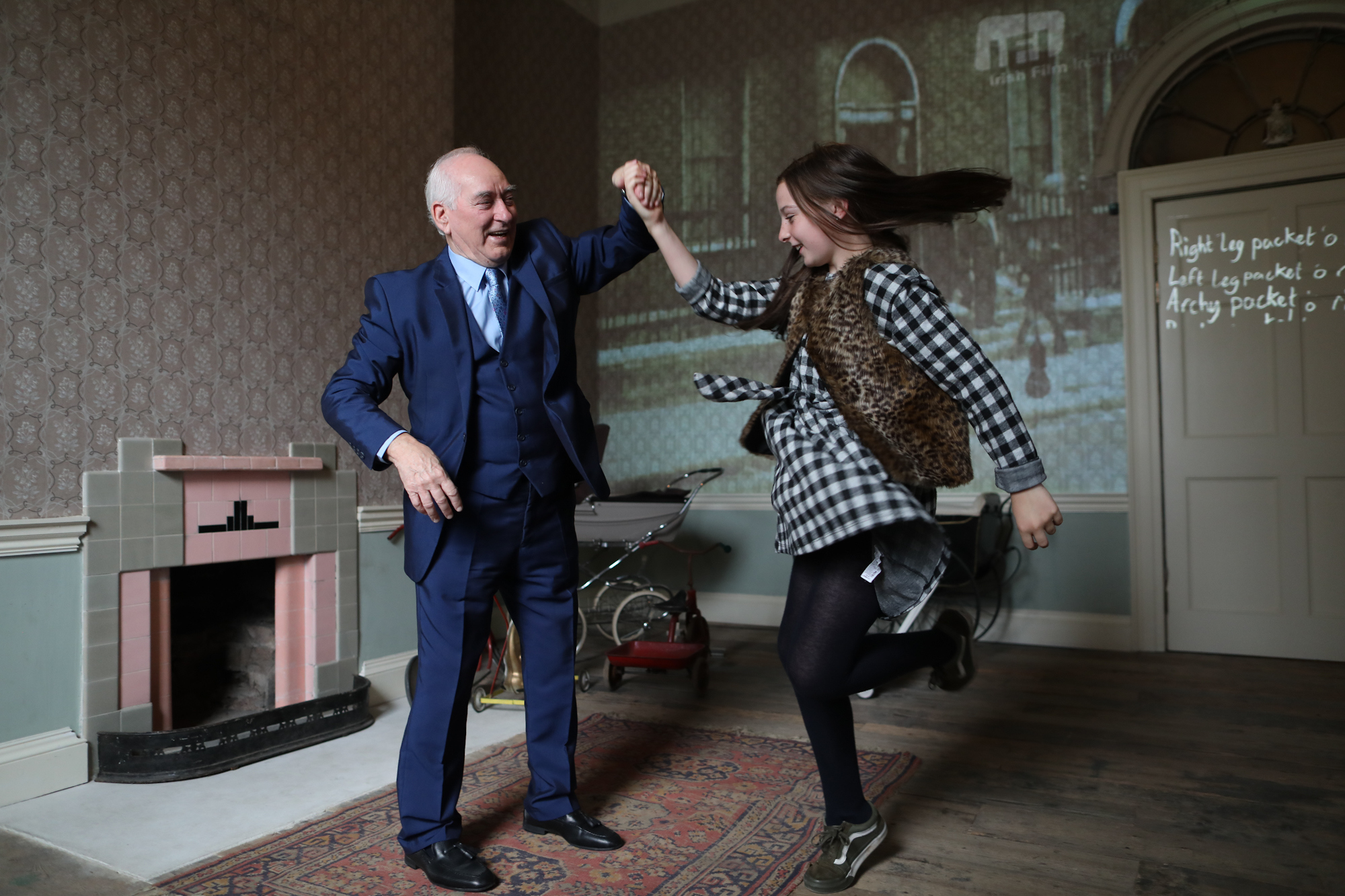The challenge was to prevent the loss of important Georgian architecture, modern social history and stories of local and domestic life. After the last tenement residents left this architecturally and socially significant area in the late 1970s, the house at 14 Henrietta Street fell into decay. The suburbs began to be built and preserving living memories of tenement life in Dublin and local stories, before they were gone, was a priority.
The 2002 city-wide Heritage Plan and subsequent Henrietta Street Conservation Plan ensured the building was preserved. The municipal heritage office identified it as a site to tell stories of its inhabitants across three important eras in local, national and international history. The museum was formed, and continues to collect stories, to present an 'if these walls could talk' experience, blending personal experiences and objects into the restored fabric of the building.
Acquired through the Henrietta Street Conservation Plan, to rescue the last intact Georgian street in Dublin, the conservation focused on retaining, preserving and recovering, the building becoming the main artefact in the museum’s collection. With historians, conservators, architects and former residents, the layers of history the building could unravel were uncovered. Focused on how the history of the house reflects the social history of Dublin, it traces the journey of a grand Georgian townhouse from a family home, to legal offices, to a tenement (housing over 100 people during the 1911 census). It gathers, interprets and exhibits, creating a truly immersive experience. Tour guides engage with visitors, former residents and the local community, using active listening to reveal the building’s place in local, national and global history through stories of domestic life and the people of the house. First-hand memories from former residents animate the building’s curation. Oral histories are continually collected and inform new and responsive programming.
Dublin Culture Company has led the development. Rather than a standard cultural department in the city, it is an independent organisation wholly owned by Dublin City Council. It runs cultural initiatives and buildings across the city with, and for, the people of Dublin. It also hosts an EU lab to foster international cooperation and help local creatives access EU funding. Architects, conservators, social historians, former residents, artists and archivists worked as an advisory group. As well as in tours, interviews and workshops, these groups continue to assist the museum’s work and participate in voluntary advisory panels.This partnership model brings together the local authority, Dublin’s culture company and the local community. It is one that the city intends to apply to other heritage conservation and restoration projects in the future.
This project has lifted the heart, soul and minds of people in this community and given voice to those who are seldom heard. A people-centred approach creates relevant experiences. Collecting stories safeguards social history and informs responsive programming.
Find more about the project here








